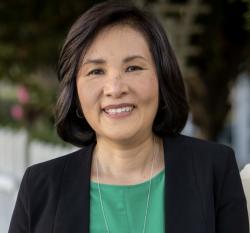Inclusion has become a much used buzzword these days.
But in its simplest form, what does inclusion consist of, on a practical day-to-day basis?
In the early days of my tech career, I was often the only woman or woman of color in my team. I’m also an introvert, so speaking up, being seen and heard in group discussions took a lot more work. Often I would defer to my extroverted, more outgoing colleagues to express their ideas and opinions.
That was me feeling alone, facing those challenges…
What can leaders do to facilitate and encourage a good exchange of ideas, and ultimately help every team member feel seen, heard, and valued?
· Early in the meeting, acknowledge every team member – making eye contact and a simple hello, or greeting every person can go a long ways towards making them feel included
· Listen openly and don’t assume your perspective (or the majority’s perspective) is ‘right’ or the only one
· Acknowledge differences of opinion and create space for everyone to vocalize them – here is an opportunity to ask good questions
· Invite quiet team members to participate – help them prepare in advance or give a presentation at the meeting, to encourage visibility
· Acknowledge everyone’s participation by building on each other’s points
Leaders can also meet with individuals 1:1 and ask them how they would like to be involved in meetings and team processes. Check in with them on a regular basis to encourage their feedback.
At heart of this is TRUST…how will you create a psychologically safe space for the team to generate ideas freely, review and debate, without fear of repercussions?
Related Resources:
Diversity and Inclusion: 8 Best Practices for Changing Your Culture (CIO.com)
Understanding the Power of Language (LinkedIn Learning Course by Lori Nishiura Mackenzie)






